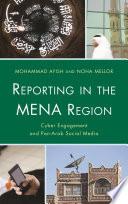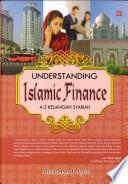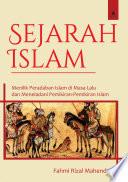
Well-Being and Fair Distribution
Beyond Cost-Benefit Analysis
Well-Being and Fair Distribution provides a rigorous and comprehensive defense of the “social welfare function” as a tool for evaluating governmental policies. In particular, it argues for a “prioritarian” social welfare function: one that gives greater weight to well-being changes affecting worse-off individuals. In doing so, the book draws on many literatures: in theoretical economics, applied economics, philosophy, and law. Topics addressed include the following: the nature of well-being and the possibility of interpersonal comparisons; the measurement of well-being via “utility” numbers; why a “prioritarian” social welfare function is more appealing than alternative forms (for example, a utilitarian, leximin, or “sufficientist” function); whether fair distribution should be conceptualized on a lifetime or sublifetime basis; and social choice under uncertainty. The book also compares the social welfare function to other, more familiar policy-evaluation methodologies -- traditional cost-benefit analysis, inequality metrics, poverty metrics, and cost-effectiveness analysis. Only the “social welfare function” provides a unified, implementable, and normatively plausible methodology that respects the most basic welfarist principles (such as the Pareto principle) and is sensitive to distributive considerations.
- ISBN 10 : OCLC:1376300112
- Judul : Well-Being and Fair Distribution
- Sub Judul : Beyond Cost-Benefit Analysis
- Pengarang : Matthew D. Adler,
- Bahasa : en
- Tahun : 2014
- Google Book : http://books.google.co.id/books?id=4c3fzwEACAAJ&dq=intitle:Explaining+the+welfare+function+(Al-Ghazali)&hl=&source=gbs_api
-
Ketersediaan :
In doing so, the book draws on many literatures: in theoretical economics, applied economics, philosophy, and law.









